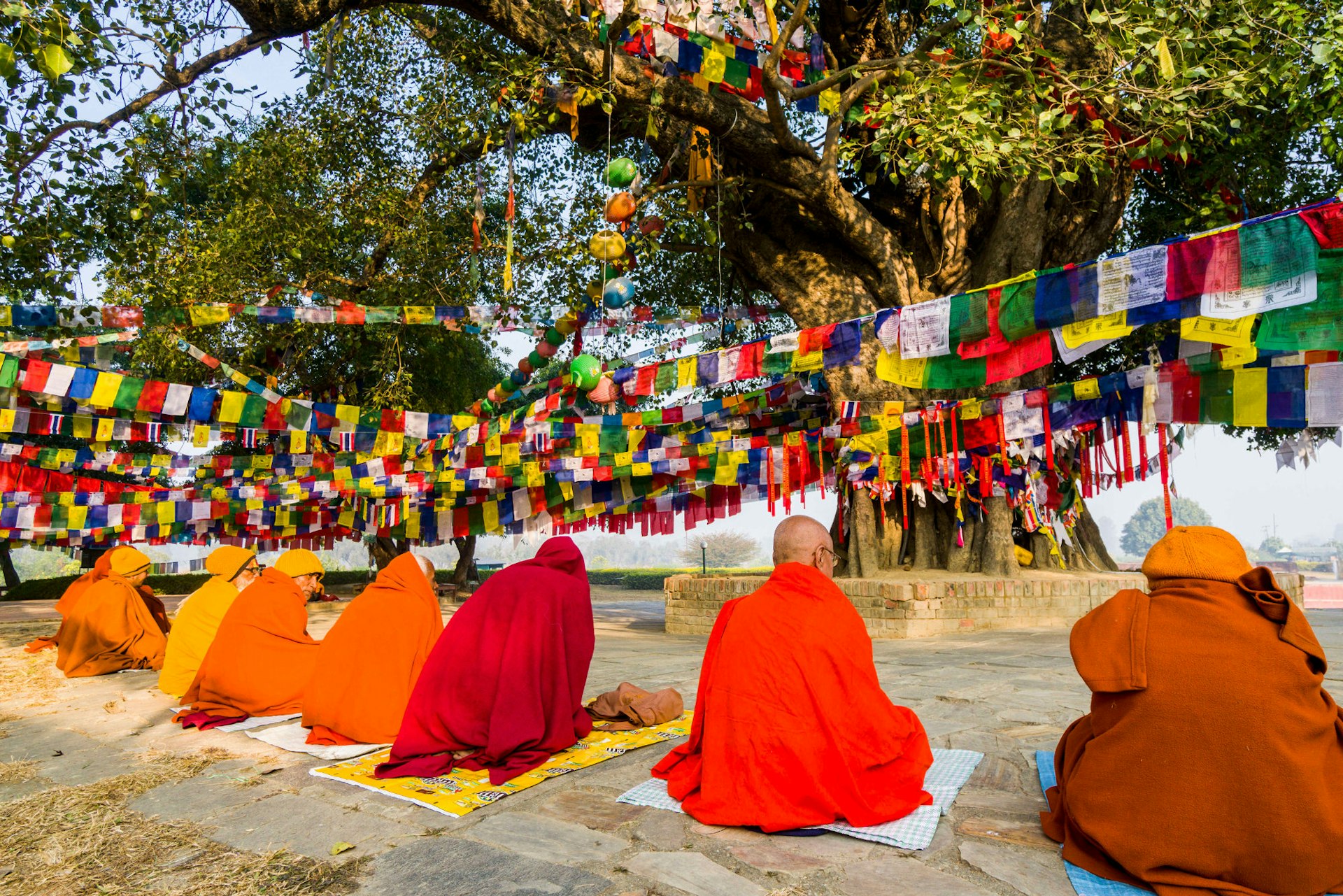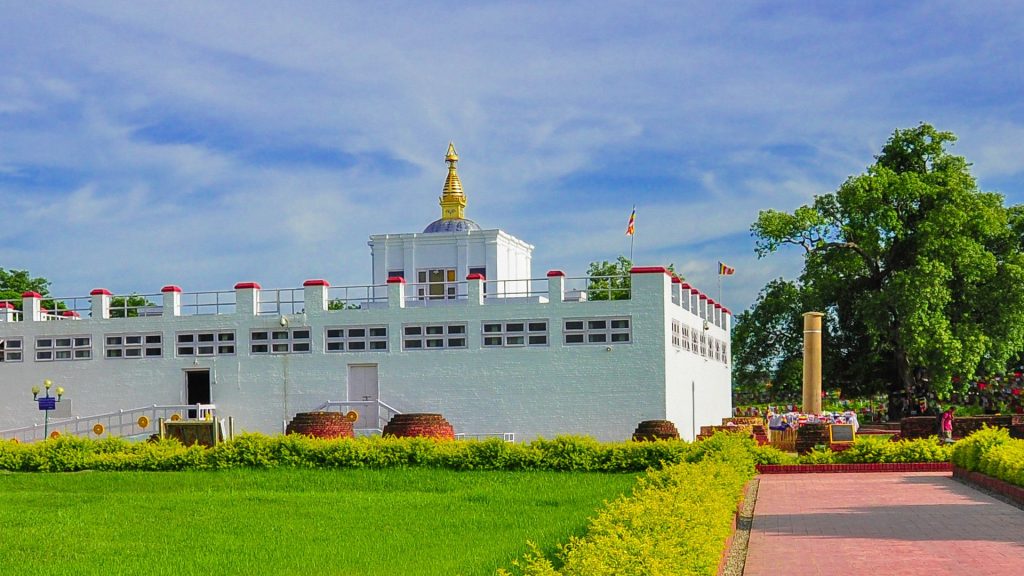Introduction
Lumbini, a small town located in the southwestern part of Nepal, holds immense spiritual significance as the birthplace of Siddhartha Gautama, who later became known as Lord Buddha. This UNESCO World Heritage Site attracts pilgrims and travelers from all corners of the globe, seeking to immerse themselves in the serene ambiance and profound history of this sacred place. Join us on a virtual journey to Lumbini as we explore the captivating legacy and spiritual allure of the birthplace of Lord Buddha.
1. The Legend of Lumbini
According to ancient scriptures, Queen Maya Devi, the mother of Siddhartha Gautama, gave birth to him while on her way to her parental home in Lumbini. It is believed that she stood beneath a sal tree in the beautiful Lumbini Garden and brought forth the future Buddha. This sacred event is commemorated with the Mayadevi Temple, a revered shrine at the heart of Lumbini.
2. The Peaceful Lumbini Garden
Lumbini's spiritual aura is amplified by the serene and well-maintained Lumbini Garden. The garden is an oasis of tranquility, adorned with vibrant flowers, lush trees, and ancient ruins. As you walk through the sacred grounds, you'll encounter Ashoka Pillars, the Marker Stone, and the famous Mayadevi Pond, where Queen Maya Devi is said to have bathed before giving birth.
3. The Sacred Puskarini Pond
The Puskarini Pond, adjacent to the Mayadevi Temple, holds immense significance in Buddhist tradition. It is believed that after his birth, the infant Buddha was bathed in these waters by celestial beings. Buddhists consider it auspicious to bathe in the Puskarini Pond, and many pilgrims partake in this cleansing ritual to purify their souls.
4. Monasteries and Meditation Centers
Lumbini is not just a historical site; it is also a thriving center of spirituality. Numerous monasteries and meditation centers, each representing different Buddhist nations, have been built within the Lumbini complex. These architectural marvels not only showcase the cultural diversity of Buddhism but also provide spaces for practitioners to meditate and seek inner peace.
5. The Eternal Peace Flame
A symbol of peace and unity, the Eternal Peace Flame burns perpetually at the center of Lumbini. It was initiated by the United Nations in 1986 to promote world peace and non-violence. Visitors often light candles here as a symbol of hope and solidarity with the global pursuit of harmony.
6. The Maya Devi Temple
The Maya Devi Temple stands as a testament to the ancient roots of Buddhism. Within its premises, you can find the marker stone and the nativity sculpture, depicting the scene of Buddha's birth. The temple is a place of reverence and reflection, drawing devotees and curious souls alike.
Conclusion
A journey to Lumbini is not just a physical pilgrimage; it is a soulful experience that touches the very essence of one's being. As you walk in the footsteps of Siddhartha Gautama, you can't help but be moved by the profound history and spirituality that permeates this sacred land. Lumbini is more than a birthplace; it is a living testament to the timeless teachings of Lord Buddha, inspiring millions to seek enlightenment and compassion. Whether you're a Buddhist devotee or an admirer of cultural heritage, Lumbini's charm will leave an indelible mark on your heart, inviting you to embark on a profound journey of self-discovery and inner peace.



No comments:
Post a Comment
Thank u very much for your valueable comment.